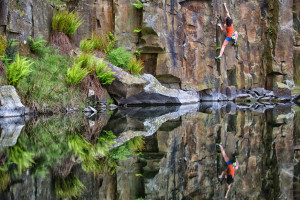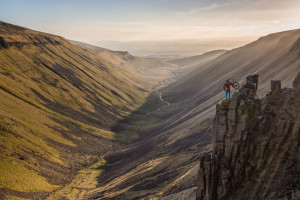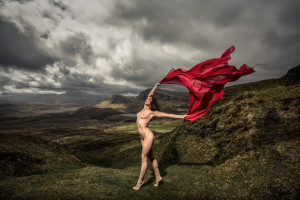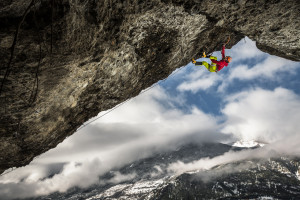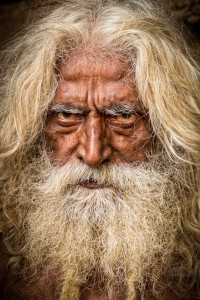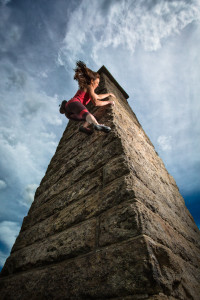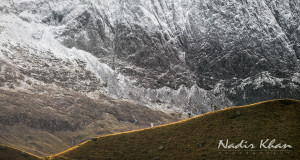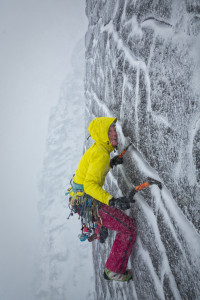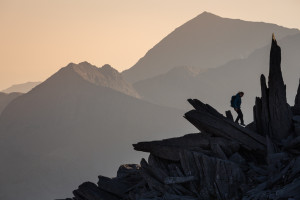I got an email recently from an aspiring photographer , I’ve had this sort of question a few times and it goes something like this :
” how do you get hired as an action sports photographer, or how does a photographer get their photos featured in magazines. Are there particular things they look for? And is there any advice you would have for an aspiring photographer that wants to get their images published and have photography as their career?”
This is a question that I’ve had a few times and while I’ve tried to help I thought I’d do a longer response as a blog and hopefully be more helpful .
The reality is that not everyone that wants to be a successful artist/musician/photographer/poet will be ‘successful’ . I say that because it also depends on how you define success. If your idea is to get some cool images for family and friends , enjoy what you do and fulfil a creative drive then thats great and no one will stop you . If you define it by monetary worth, i.e. how much will some one pay you to create that art then thats a different proposition all together and the fact is that only a very small % of artists have their work recognised financially to be able to live of the earnings. In all fields of life there is a bell curve, i.e. 60 % average, then the 20% at the top of the curve and the 20% at the bottom of the curve. It’s the way its always been and there’s no way to change that . But what you can do is change where you are in the curve, by training, practice, and instruction you can go from average Joe in the 60% to an above average Joe in the top 20% .
In the arts, and photography is an art form , its a bit trickier due to fads , fashion , style etc. Its not the same as , say a weight lifter or athlete that can train harder/smarter and see the kind of gains they want to make. In art, there’s a combination of inherent talent/ability, a moment in time where you offer something different which catches the imagination or the zeitgeist and then luck , for the right people to notice you at the right time . Of course it helps if you’re a decent hard working person who can get along with others , be nice but also stand your ground.
This may seem harsh but generally I would say that a lot of people think they are better than what they actually are . Not nice to say but critique is one of the best tools for learning and growing as an artist. Have someone you respect critique your work , let them tell you whats good about it , what could be improved , and what doesn’t work . It’s a painful process to put yourself through and early on in my photo journey I started a little critique group with some local photographers,we’d meet in a local pub and we would each bring 3 images and then the group ( of about 4-5 people ) would each get a say in what they like about the image, what’s distracting them , what they would have done differently and whether or not it connects on an emotional level . Growth is painful and as part of the human condition we are hardwired to back away from pain , but sometimes you need to move towards the pain and embrace it because pain can be your teacher . Get critique, listen to what’s said, if they only say nice things then thats not good critique and find someone else who has a better eye and understanding of images.
I still, when I finish a project will offer it up to a number of trusted artists who will critique it, I’m not looking for yes men/women but people that are honest that will say it as they see it . Of course I don’t have to listen to them if I feel strongly about something but we all have a limited perspective and view and we all have blindspots , emotionally, psychologically and artistically . If someone else can see something that I’ve missed then it gives me an opportunity to change and grow.
Back to the original question of how do you get your images published and get noticed :
1.Know your market . Understand what the editor of a magazine wants and what the readership want. Follow the magazine for a while , get a feel for what sort of things they do well and what things they don’t and hopefully you can find out whether your work sits well alongside the best of what they do. Remember that editors get loads of emails everyday and loads of images so to get your images to stand out they’ll have to be above average at least . Indeed for new photographers its even harder as you’re pushing against a closed door , not an open door. Send in a selection of your best work by email , wait for a week or so and follow it up with a phone call. Don’t be down hearted if you’re brushed off, these are busy people , keep trying.
2.Play to your strengths but work on your weaknesses. When I was starting out I felt I had a reasonable compositional eye but sucked at working with flash in the outdoors so I worked and worked on my flash technique , went on workshops and tried to understand it till it became just a part of what I did and almost became part of my ‘style’ if you can call it that.
3. Have personal projects. be inspired and creative, push yourself hard to get the very best shots you can, experiment, try new things , if they don’t work it doesn’t matter , learn from them . keep visualising the images you want to create, see them in your minds eye, imagine what the wind will feel like, how the mist will be rolling over that ridge line and how you’ll have the climber poised as if they’re climbing up out of that gap . Live, breathe and sleep images, let your mind create shapes, textures and emotions.
4.Have an emotional connection with your work. A picture has to say something, it has to draw the viewer into the shot to make them ask a question or wish they were there or somehow spark something within them that excites , inspires or moves them in some way . Thats what I look for in an image , something I can look at for more than just a few secs and keep finding elements that interest me.
5. Develop a rich inner life. meditate, do breathing exercises or yoga/Tai chi , understand what your emotions are saying , whats driving you and be comfortable with yourself and your thoughts , feelings and inner workings. Art has to connect heart to heart , the artist and the viewer, so the more open your heart is to feeling and being, the better .
6.Follow other artists work. It can be very inspiring to see what other photographers and film makers are doing, the envelope is always being pushed so keep an eye on the best of them.
7.Social media. I don’t really feel qualified to say much about this as I’m a bit of a luddite when it comes to really using social media tools but FB and Instagram are the main tools I use , as well as this blog . There are better people out there who can give much better advice on this side of things so best to search them out .
Thats been an interesting topic to write on , hopefully not too esoteric or pie in the sky
Thanks for reading ,
Look out for details of the Glenmore Lodge Adventure photography course
https://www.glenmorelodge.org.uk/cat-54-adventure-photography-workshop/course-516-adventure-photography-workshop/

